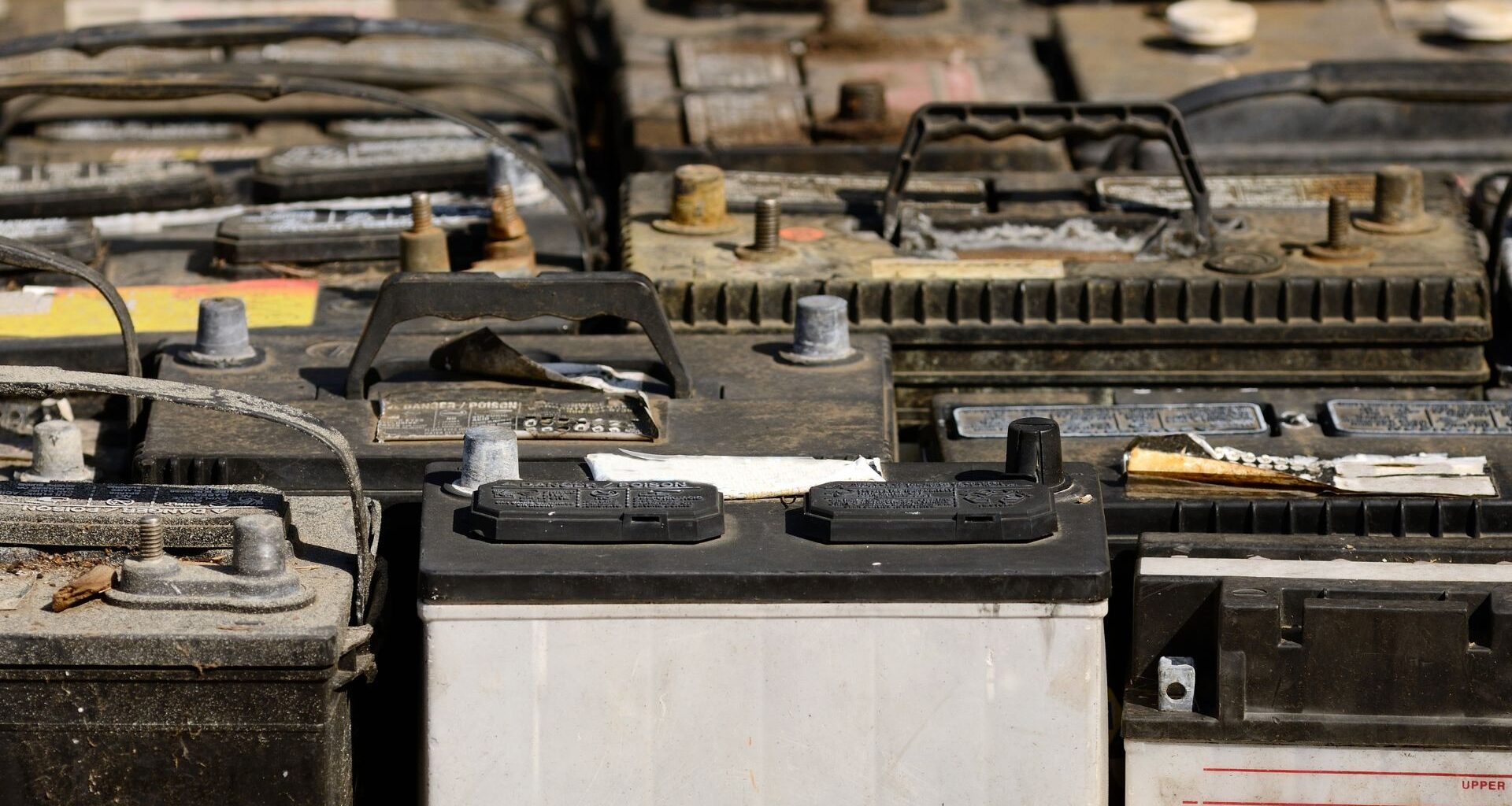Researchers at Boston College have discovered a unique bacterium that can eat through spent batteries, offering a new, self-sufficient approach to recycling.
Acidithiobacillus ferrooxidans (Atf) thrives in highly acidic environments and can feed on materials found in old batteries, potentially reducing both waste and energy use. The findings were announced on Wednesday by chemists at Boston College.
“This is a critical step forward by examining the possibility of growing the bacteria using materials already present in spent batteries as a food source,” stated Professor of Chemistry Dunwei Wang.
“More specifically, we used iron, which is commonly employed as a casing material in batteries. Our results showed that the bacteria can thrive with this new food source, and the resulting solution is highly active for recycling spent batteries.”
Batteries: Growing demand and waste
With society increasingly reliant on batteries for devices ranging from tools to toys, the demand for raw materials surges while old batteries pile up. Traditional recycling methods often consume large amounts of energy or require transporting toxic chemicals, creating safety and environmental challenges.
Wang, collaborating with Associate Professor of Biology Babak Momeni, decided to test whether Atf could survive on the iron content in spent batteries and whether it could extract cathode materials effectively.
Momeni handled the cultivation of the bacteria, while Wang used the bacterial cultures for battery cathode leaching. Other contributors to the study included research associate Wei Li, graduate student Brooke Elander, and undergraduates Mengyun Jiang and Mikayla Fahrenbruch.
Iron, stainless steel, and the sulfate question
The team focused on replacing traditional nutrient sources with materials already in batteries, such as iron. Their experiments showed that Atf could grow without sulfate, a common but toxic additive in bacterial food sources.
“Our results suggest that the activity of the bacteria does not depend on the presence of sulfate,” Wang revealed. “This is an important finding because it indicates that for future implementations, one could do away with the need to transport large quantities of one toxic material.”
Surprisingly, the team found that stainless steel, a common material in real batteries, worked even better than pure iron.
“The finding that stainless steel worked better than pure iron was indeed a surprise,” he added.
“This is because stainless steel is a complex mixture. We didn’t expect it to work so well. But this is a notable, unexpected development as stainless steel is more commonly encountered in real batteries.”
Next steps: Evolving bacteria and prototype batteries
The researchers are now working to evolve Atf strains to improve their efficiency in recycling spent batteries. They are also building prototype batteries using materials recovered by the bacteria to test whether these recycled batteries can match the performance of traditional ones.
If successful, this approach could drastically reduce the environmental impact of battery production and disposal. Using bacteria to recycle spent batteries could make the process safer, more sustainable, and less reliant on toxic chemicals or high-energy industrial methods.
The study was published in the journal ACS Sustainable Resource Management.

